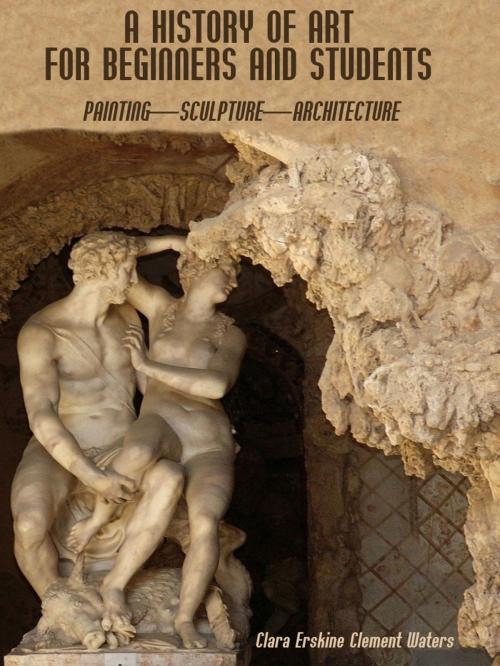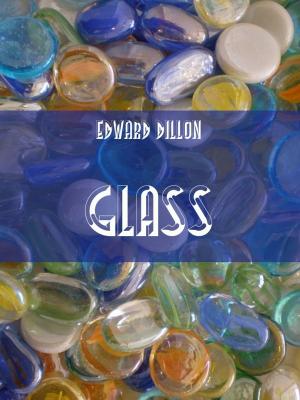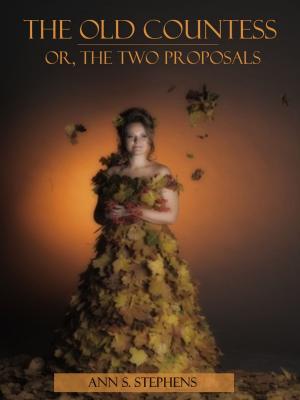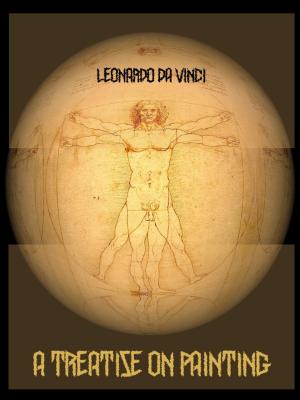A History of Art for Beginners and Students : Painting—Sculpture—Architecture (Illustrated)
Nonfiction, Reference & Language, Education & Teaching, History| Author: | Clara Erskine Clement Waters | ISBN: | 1230000283796 |
| Publisher: | SAVA | Publication: | December 3, 2014 |
| Imprint: | Language: | English |
| Author: | Clara Erskine Clement Waters |
| ISBN: | 1230000283796 |
| Publisher: | SAVA |
| Publication: | December 3, 2014 |
| Imprint: | |
| Language: | English |
The number of Assyrian statues that have been found is small; this one given here (Fig. 10), of Sardanapalus I., is in the best state of preservation of any of them. It is smaller than life size, being about forty-two inches high. The statuettes of the Assyrians are less artistic than the statues. They are made from a clay which turned red in baking, and are colored so as to resemble Greek pottery. They are almost always of a grotesque appearance, and usually represent gods or genii. They also combine human and animal forms in a less noble and artistic way than is done in the Egyptian representation of the Sphinx. There are also small figures of animals in terra-cotta, principally dogs and ducks. But the large and small statues of the Assyrians are their most unimportant works in sculpture. It is in their bas-reliefs that their greatest excellence is seen, and in them alone their progress in art can be traced. This sort of sculpture seems to have been used by the Assyrians just as painting was used in Italy after the Renaissance. It was their mode of expressing everything.
The number of Assyrian statues that have been found is small; this one given here (Fig. 10), of Sardanapalus I., is in the best state of preservation of any of them. It is smaller than life size, being about forty-two inches high. The statuettes of the Assyrians are less artistic than the statues. They are made from a clay which turned red in baking, and are colored so as to resemble Greek pottery. They are almost always of a grotesque appearance, and usually represent gods or genii. They also combine human and animal forms in a less noble and artistic way than is done in the Egyptian representation of the Sphinx. There are also small figures of animals in terra-cotta, principally dogs and ducks. But the large and small statues of the Assyrians are their most unimportant works in sculpture. It is in their bas-reliefs that their greatest excellence is seen, and in them alone their progress in art can be traced. This sort of sculpture seems to have been used by the Assyrians just as painting was used in Italy after the Renaissance. It was their mode of expressing everything.















